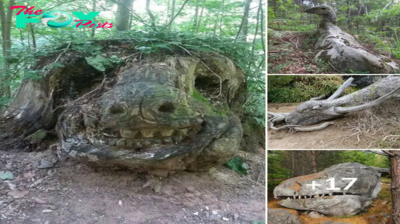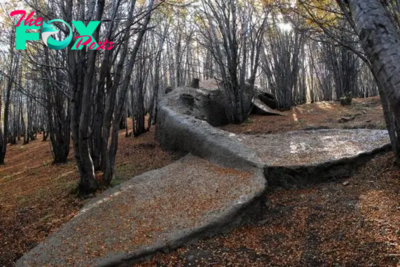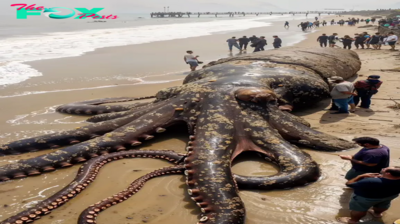Mysterious
SR “Underwater Risks: Caution Against Hazards at Common Children’s Swimming Area” SR
A keen angler and animal ecology student has warned families to be on guard at a popular children’s swimming spot, after he reeled in an imposing stonefish.
Cameron Taggart was fishing alongside a jetty at Fraser Park in Golden Beach when he caught the world’s most venomous fish.
“There was just this dead weight on my line. I thought I was snagged at first and then thought I had picked up a lump of coral off the bottom,” he told Sunshine Coast News.
“When I got it to the surface and saw it was a stonefish I thought, ‘you are kidding’.
“I was a bit excited. I’ve read a lot about stonefish and to be able to get up close and personal with one was pretty neat.”
He estimated the “robust” creature to be about 30cm and 1.5kg.
As an animal ecology student at the University of the Sunshine Coast, he knows the threat posed by stonefish better than most.
“I know all about their venomous nature, so I only handled the fish using lip grips to avoid any possibility of being spiked,” he said.

Cameron posted a photo of the fish on the Caloundra Community Board Facebook page, with a warning for families to be careful.
“I see many children jumping off of any playing in the waters around the Fraser Park jetty, while their mothers sit together on the beach watching them,” he said.
“Having read about how venomous the stonefish is, and how painful envenomation by it is, I felt that parents needed to be aware of the dangers lurking under the water where their children play.
“As I said in my Facebook post, I can’t imagine how difficult it would be to try to console a child in that much pain and agony.”
A Queensland Museum summary of stonefish warns the pain is excruciating.
They usually lie motionless, partially buried and camouflaged among coral, rocks or plants.
They have venom glands that discharge along ducts in 13 spines.
Stings usually occur to the feet of swimmers, who have ventured away from clean sand.
Multiple spines can penetrate limbs, resulting in more extensive envenomation.
The pain is immediate, excruciating and may last for many days.
Muscular paralysis, breathing difficulties, shock and sometimes heart failure and death can ensue.
No deaths have been recorded in Australia since European arrival but several people are stung each year – an exact number is not known.
It’s believed a man stood on one at Bulcock Beach in Caloundra a fortnight ago, when lifeguards called an ambulance to assist.

Stonefish can be found in shallow coastal waters in the northern half of Australia and sightings have been recorded as far south as Perth and Coffs Harbour.
Cameron said they’re more common on the Sunshine Coast than many people think.
“Multiple times I have had people say that they weren’t aware that stonefish were around here, or they have said that they thought they were found further north,” he said.
“This isn’t the case in the slightest.
“Stonefish are very much present throughout the marine and estuary waters of the Sunshine Coast.
“In fact, there are even freshwater stonefish as far inland as Hell Hole Creek in Diamond Valley, another popular swimming spot, 20km from the coast.
“I have seen stonefish on the Caloundra Esplanade boardwalk, next to Le Promenade Café, as well as semi-hidden in the sand on Bulcock Beach.
“They are very much a local species to South-East Queensland.”
An antivenene for stonefish stings has been developed.
In the event of a sting, the victim should leave the water, apply first aid and seek medical attention as soon as possible.
Cameron is also a keen wildlife photographer. Follow him on Instagram here.
-
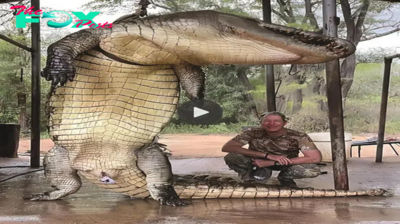
 Mysterious2w ago
Mysterious2w agonht.”Exploring Humanity’s Pursuit of the Legendary 9-Meter, 4-Ton Giant.”
-

 Mysterious2w ago
Mysterious2w agonht.Once-In-A-Lifetime Footage Of A Massive Humpback Whale Leaping Out Of The Water Next To A Fishing Boat
-
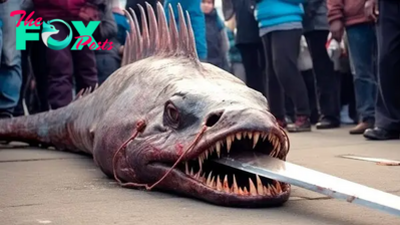
 Mysterious3w ago
Mysterious3w ago.Global Sensation: Mesmerizing Footage of Giant Prehistoric Swordfish Captivates Audiences..D
-
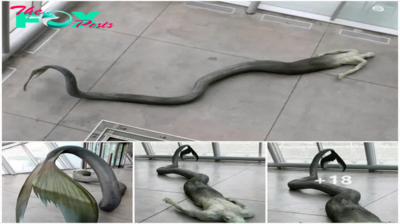
 Mysterious3w ago
Mysterious3w agonht.The discovery of a peculiar creature with human and fish-like features is causing a stir on social media.
-

 Mysterious3w ago
Mysterious3w agonht.Google Maps reveals a possible extraterrestrial portal near Area 51, sparking widespread interest in the UFO community.
-

 Mysterious3w ago
Mysterious3w ago.Heroic Act: Rescuing Live Turtles from Fish Markets and Returning Them to the Ocean..D
-

 Mysterious3w ago
Mysterious3w agoB83.Exploring the Universe: Alien Forms and Their Extraordinary Means of Transportation Revealed
-
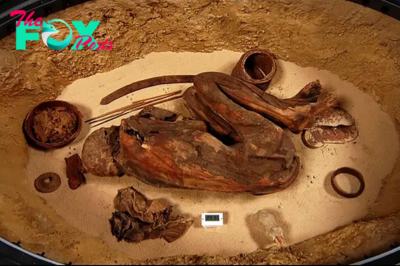
 Mysterious3w ago
Mysterious3w agoB83.The Goblin Man: A Remarkable 5,500-Year-Old Mummy and the Secrets of His Preservation




